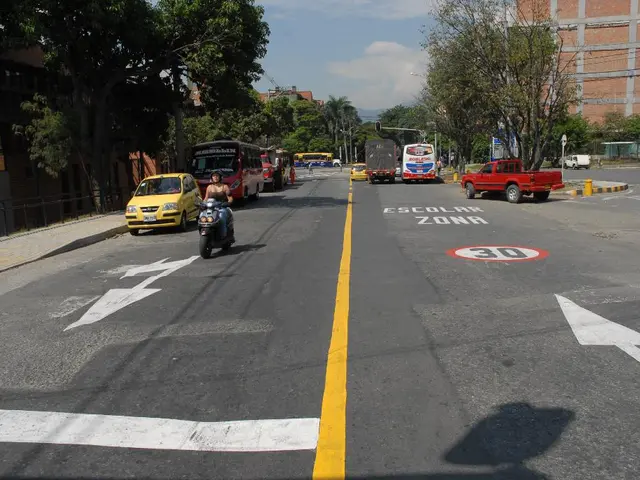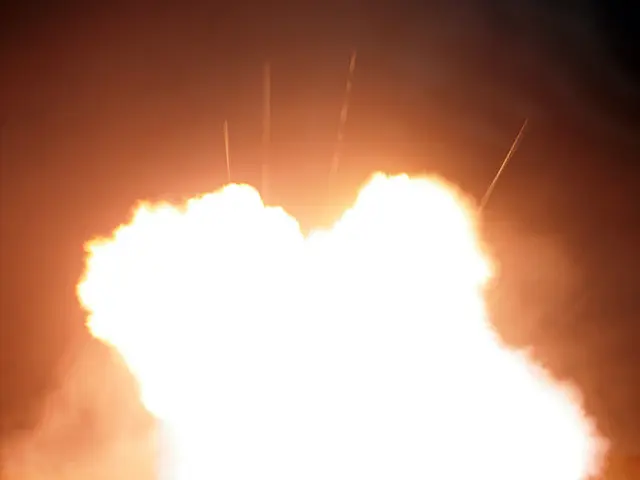Title: Tackling the Teacher Shortage: Schools Turn to Lateral Entrants
In the face of a persistent teacher shortage, schools in Germany are increasingly turning to lateral entrants to fill vacant positions. According to a recent survey, a staggering 66% of principals now employ teachers without formal teaching qualifications, representing a significant jump from 37% in 2018.
The teacher shortage remains the primary concern for 62% of principals, although this figure is slightly lower than the previous year (69%). Inclusion and integration challenges, coupled with high workloads and limited time, are also prominent issues.
Half of the surveyed principals reported that at least one teaching position had not been filled at the beginning of the current academic year. For 17%, the number of vacancies was more substantial, reaching three or more positions. Despite these challenges, lateral entrants are being hired across all school types.
The teacher shortage in Germany is expected to persist in the coming years, with projections indicating a deficit of approximately 17,374 teachers by 2024. This figure is projected to decrease to around 11,690 in 2025 [1].
To tackle this shortage, the Conference of Ministers of Education and Cultural Affairs (KMK) has emphasized the need to tap into new target groups for the teaching profession. This includes introducing new educational pathways and improved training programs for lateral entrants to widen the recruitment pool [1].
Implementing professional development programs (TPD) in schools, however, faces several challenges, such as time constraints, limited technological infrastructure, and insufficient organizational routines [2]. These barriers can make it difficult for schools to provide effective TPD, leading to a reliance on lateral entrants.
The shortage of STEM teachers is particularly concerning, as it affects the quality of STEM education. Subsequently, STEM subjects might be canceled or taught outside their designated subjects, negatively impacting students' understanding of scientific and mathematical contexts [3].
Initiatives like the practice-integrated dual teaching degree course in Saxony-Anhalt are being introduced to tackle the shortage. These programs integrate practical elements early into the course, ensuring students gain hands-on experience and commit to teaching in the state for at least five years [5].
In conclusion, the teacher shortage in Germany has led to schools increasingly relying on lateral entrants without teaching qualifications. While initiatives like these are being introduced to address the shortage, the challenges in implementing TPD and the need for new educational pathways and training programs are crucial in ensuring that schools can continue to provide high-quality education while facing this ongoing challenge.
Sources:








